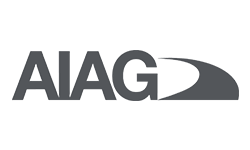This one-day course is an overview of the GD&T concepts in controls necessary for proper engineering drawing reading and creation using the GD&T approach. The course will cover typical issues that can occur when applying a traditional coordinate system and how Geometric Tolerance can overcome them. You will be introduced to the symbols, terminology and the rules for GD&T based on ASME Y14.5:2018.
Select an existing open enrollment session, or contact us for additional training options.


This one-day course is an overview of the GD&T concepts in controls necessary for proper engineering drawing reading and creation using the GD&T approach. The course will cover typical issues that can occur when applying a traditional coordinate system and how Geometric Tolerance can overcome them. You will be introduced to the symbols, terminology and the rules for GD&T based on ASME Y14.5:2018.
Length
1 day (8 hours)
Prerequisites
None
This Workshop is recommended for engineers and technicians that need to read or create engineering drawing using the GD&T approach. Typically, this includes product engineers and designers, tooling and maintenance engineers and technicians, quality, inspection, manufacturing, procurement, and purchasing professionals, as well laboratory technicians who must perform gauging to layout inspections.
Completion of the course affords a Dually Branded Plexus International and AIAG Certificate of completion.

Questions about the privacy and security of our Live Virtual Solutions? Learn more
QT0001-00
Subscribe to our newsletter.